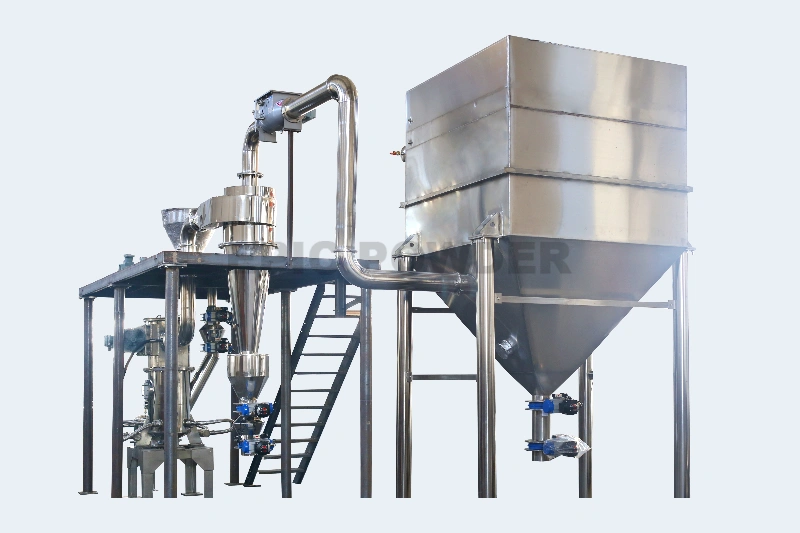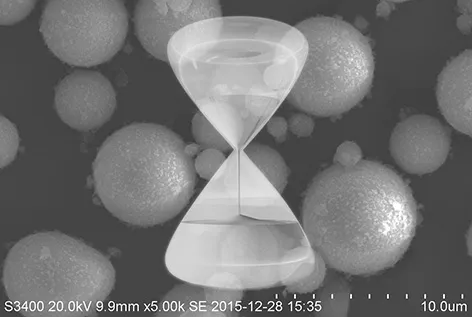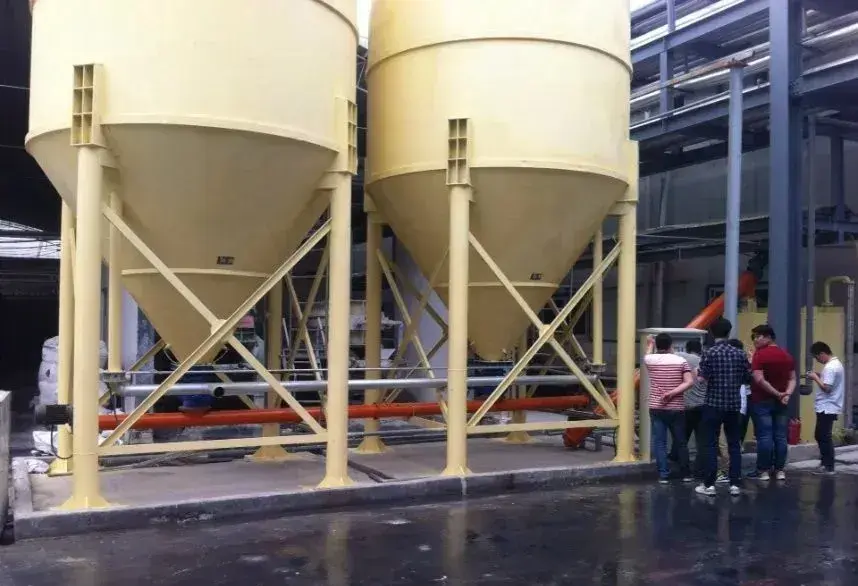In modern material processing, ultrafine grinding technology has become a key method to enhance product performance and added value. Whether it is inorganic minerals, metal oxides, chemical additives, or biomass materials, smaller particle sizes and larger specific surface areas lead to higher reactivity, better dispersibility, and stronger adsorption capacity. However, in actual production, ultrafine grinding often faces issues such as high energy consumption, low efficiency, wide particle size distribution, and severe agglomeration. This article analyzes these common problems and provides targeted solutions.

Problem: High Energy Consumption and Low Efficiency
Analysis:
Ultrafine grinding requires overcoming the cohesive and lattice forces of materials. The finer the target size, the greater the grinding difficulty and the lower the energy utilization efficiency. When the particle size drops to several micrometers or even submicron levels, the energy demand of traditional mills rises sharply.
Solutions:
- Use high-efficiency equipment: Adopting mills with built-in dynamic classifiers—such as air classifying mills or stirred ball mills (e.g., EPIC POWDER’s Classifying Mill or Stirred Mill)—can achieve target fineness with lower energy consumption.
- Optimize process parameters: Adjust rotation speed, grinding media ratio, and media size distribution to reduce energy loss.
- Pre-treat raw materials: Coarse grinding or thermal treatment of high-hardness materials can effectively lower the energy burden.
Problem: Uneven Particle Size Distribution
Analysis:
A wide particle size distribution, where fine and coarse particles coexist, affects product performance, dispersion, and surface modification. This often results from uneven energy input, low classification precision, or improper equipment selection.
Solutions:
- Integrate grinding and classification: Combine a ball mill with an air classifier to form a closed-loop control system for continuous size regulation.
- Control feeding rate precisely: Maintain consistent material residence time to prevent under- or over-grinding.
- Adjust classifier speed and airflow: Improve cut size precision for a narrower particle size distribution.

Problem: Agglomeration and Poor Dispersibility
Analysis:
After ultrafine grinding, particles have high surface energy and easily agglomerate due to Van der Waals forces. This reduces dispersibility and product performance.
Solutions:
- Add dispersants or surface modifiers: Introduce organic or inorganic coating agents during grinding to lower surface energy.
- Use dry surface modification systems: Combine pin mills or vortex mixers to ensure mechanical activation and surface treatment simultaneously.
- Control humidity and temperature: Maintain a dry, stable environment to prevent moisture-induced agglomeration.
Problem: Equipment Wear and Contamination
Analysis:
When processing hard materials (e.g., silica, alumina, silicon carbide), high-intensity grinding causes severe wear and potential contamination, lowering product purity.
Solutions:
- Use wear-resistant liners: Apply zirconia, alumina, or polyurethane linings to avoid metal contamination.
- Optimize speed and media type: Reduce wear rate and extend equipment service life.
- Inspect and replace parts regularly: Maintain stable operation and consistent quality.

Problem: Limited Capacity and Material Blockage
Analysis:
Ultrafine powders have poor flowability and tend to accumulate in pipelines or collection systems, leading to blockages and production interruptions.
Solutions:
- Improve material transport: Use pneumatic or vibratory conveying systems to enhance powder flow.
- Optimize collection system design: Install efficient dust collectors and classifiers to prevent backflow.
- Control powder temperature: Avoid electrostatic adhesion or softening that can cause clogging.
Conclusion
Ultrafine grinding is both a scientific and engineering challenge. The key lies in balancing equipment selection, process optimization, and powder control.
By applying EPIC POWDER’s advanced ultrafine grinding and classification technologies, manufacturers can achieve stable particle size control while reducing energy consumption and maintenance costs. As intelligent powder manufacturing continues to evolve, ultrafine grinding will play an increasingly vital role in new materials, chemicals, minerals, and energy industries.

